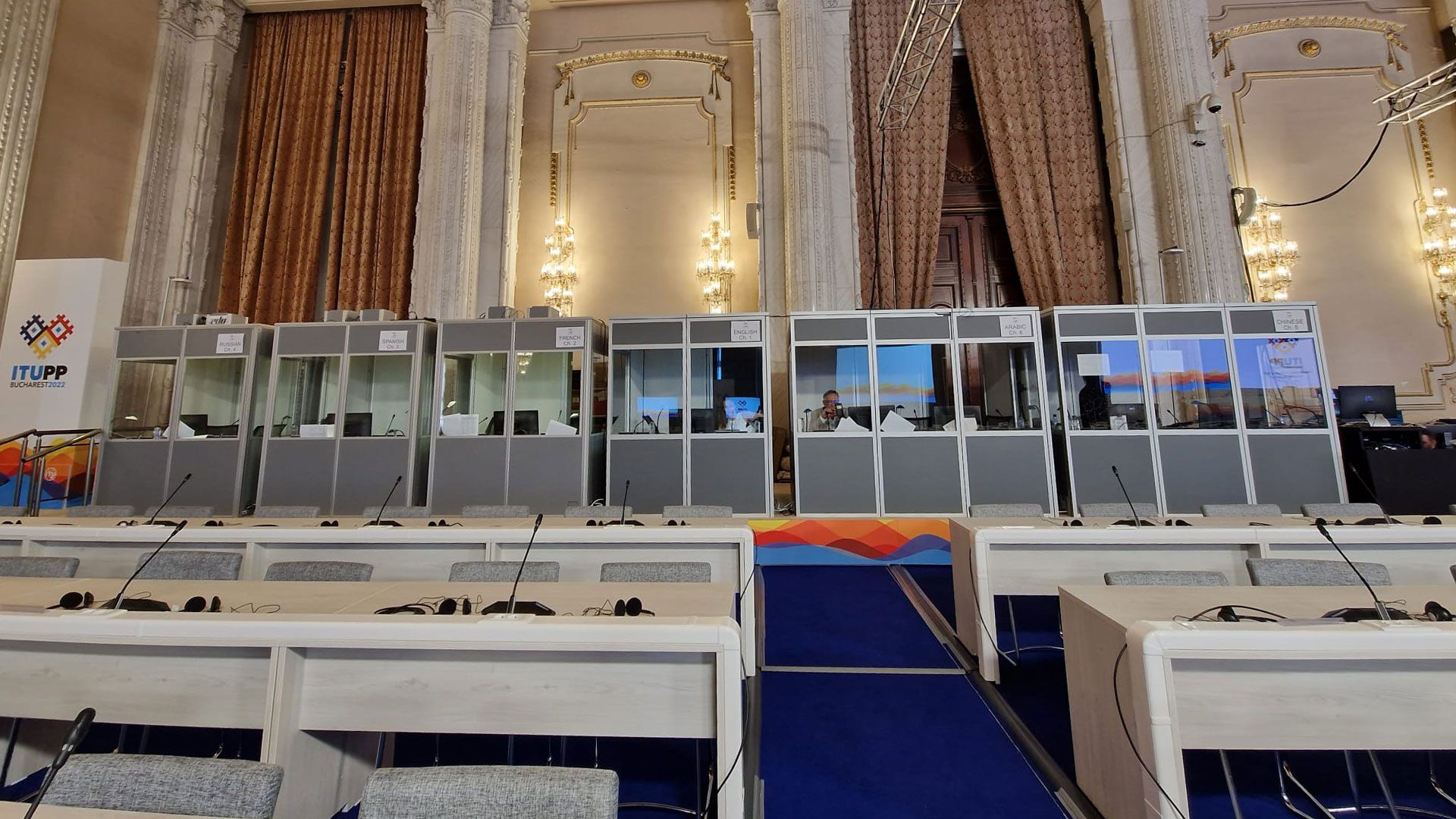
International Translation Day and multilingualism at ITU
By Negar Takesh, Deputy Chief, Conferences & Publications Department
Language is fundamental to all forms of communication, as well as to the identity of each person and community. The ability to communicate in more than one language is essential to multilateral dialogue, tolerance and understanding between people, nations, and organizations.
As a key element in cooperation and diplomacy, multilingualism is a core value of the United Nations – and of the International Telecommunication Union (ITU).
Upholding and practicing multilingualism ensures cultural diversity and inclusivity in ITU’s institutions and work. It preserves cultural heritage, fuels the growth of knowledge societies, and enables the application of technology to sustainable development across the planet.
At ITU, multilingualism enables a worldwide membership, as well as a diverse staff, to participate effectively in all activities, reinforcing equality of representation, transparency, efficiency, and mutual respect. At the same time, language capabilities are a valuable practical tool to address the often complex and highly technical issues at the heart of ITU’s mandate.
International Translation Day, marked by the UN system on 30 September, is an opportunity to recognize the invaluable contribution of ITU’s highly trained and experienced in-house linguists.
Six languages every day
Multilingualism is in evidence daily in the work of conference delegates, Member State and Sector Member representatives, and the staff at ITU’s Geneva headquarters, as well as those posted to regions and capitals around the globe. Conferences and meetings, both physical and virtual, along with official contributions, documents, ordinary e-mail exchanges and social events may be conducted in any combination of ITU’s six official languages: Arabic, Chinese, English, French, Russian and Spanish.
But the engine of this multilingualism is the work of ITU’s expert language professionals, including translators, interpreters, editors, text processors, terminologists, precis writers, and others.
The ITU Plenipotentiary Conference currently taking place in Romania, for example, relies heavily on the behind-the-scenes input of a dedicated team of language specialists.
Language professionals produce high-quality translations in ITU’s six languages at all stages of the conference, from contributions and preparatory documents to resolutions, recommendations, summary records and Final Acts. Teams of expert interpreters provide simultaneous interpretation between all languages, allowing full participation by delegates from every part of the world throughout all discussions and conference sessions.
Beyond conferences
ITU also looks to its language professionals to provide digital communications, webpages, publications, and reports in multiple languages. Rich content in multiple languages reflects ITU’s vision of an interconnected world, where the social and economic benefits of technologies are available to all.
ITU Member States and staff are fully committed to implementing multilingualism and ensuring equal treatment of all six official languages throughout all activities. This commitment is highlighted by the Policy Framework on Multilingualism, approved by ITU Council in its 2022 session.
This framework underlines the importance of multilingualism in ITU – the UN specialized agency for information and communication technologies – in guaranteeing the participation of all stakeholders and the widest possible understanding of the organization’s goals and actions. It promotes organization-wide multilingualism, supported by detailed administrative and operational guidelines for initiatives such as the ITU Coordination Committee for Terminology (CCT), which works on technical terminology in all six languages, as well as for ITU’s Regional Offices, internal communications, and integration of new technologies.
One example is the neural machine translation tool ITU Translate, which creates instant “gist translations” of webpages in all six languages, expanding the reach and scope of ITU’s rich content where professional human translation is not feasible.
ITU Translate has also been implemented on the ITU News pages, giving access to the latest articles, trends and updates in all six languages on a daily basis.
For ITU, International Translation Day is a reminder of the importance of multilingualism as a shared commitment and key asset. So…

Image credit: Angela Smith/ITU
